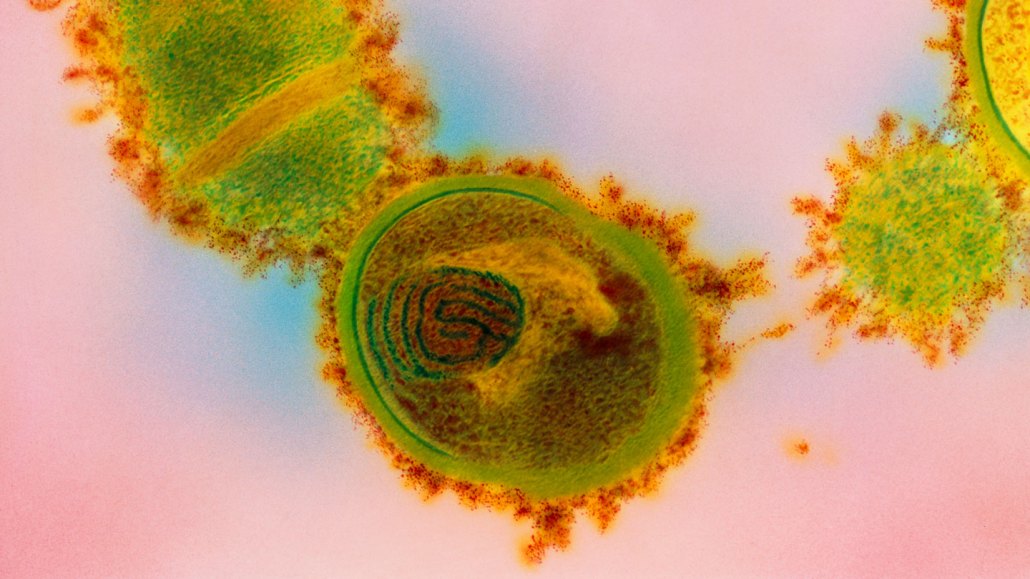Too much of this bacteria in the nose may worsen allergy symptoms
Streptococcus salivarius has a knack for latching onto mucus-coated cells, causing inflammation

There’s a lot more of the bacterial species Streptococcus salivarius (shown) in the noses of people with hay fever than the noses of those without, researchers have found. The overabundance may be exacerbating allergy symptoms.
DR KARI LOUNATMAA/Science Source







